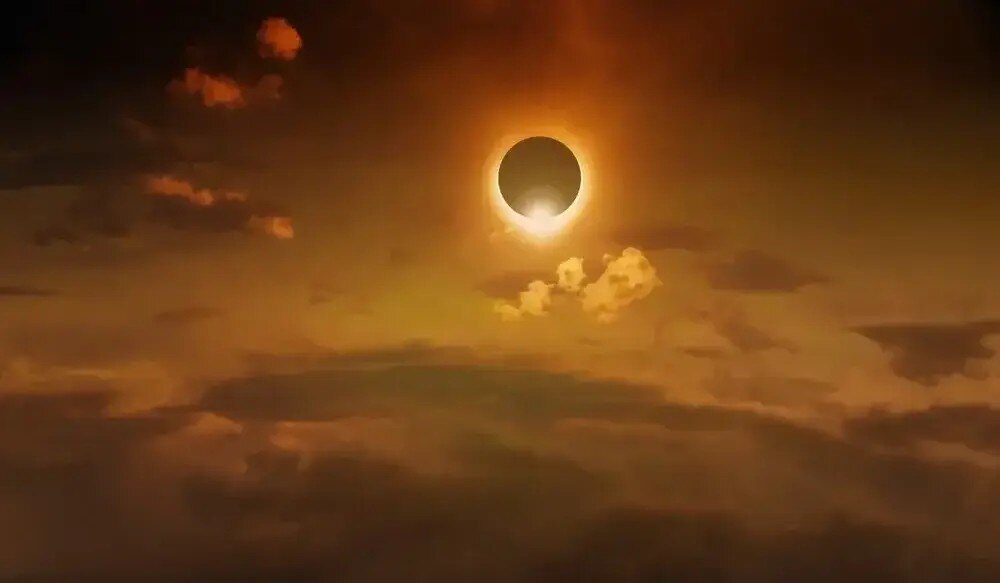
As we kick off Distracted Driving Awareness Month in 2024, it's crucial to recognize the everyday distractions that pose risks to your company drivers on the road. We must also consider this year's unique circumstances, which will likely create additional hazards. With a total solar eclipse approaching on April 8, 2024, it's imperative to learn from past experiences and prepare accordingly. The 2017 total solar eclipse serves as a critical reminder of how unexpected factors can contribute to an increase in crashes.
2017 Solar Eclipse Caused 31% Increase in Driver Risk
A total solar eclipse happens when the moon temporarily blocks the sun, creating a shadow over the Earth. The total solar eclipse of 2017 garnered significant attention because the path of totality, where the eclipse was fully visible, was within a 300-mile driving distance for one-third of the US population. An estimated 20 million people in the US traveled to different locations to witness the eclipse, leading to a notable increase in road traffic. JAMA Internal Medicine hypothesized that this surge in travel and the unique circumstances of the eclipse likely raised the risk of fatal crashes.
To prove this hypothesis, they obtained data from the National Highway Traffic Safety Administration Fatality Analysis Reporting System, a registry of all fatal traffic crashes on public roads in the US. They focused on the 3-day exposure interval centered on the day of the eclipse (August 21, 2017), reasoning that a substantial amount of eclipse-related travel occurred on adjacent days. To account for seasonal and weekly variations in risk, they selected 3-day control intervals a week before and a week after the eclipse (August 13, 14, and 15, and August 27, 28, and 29), matching by day of the week.
Their analysis revealed a startling 31% increase in traffic risks around the time of the 2017 total solar eclipse. Contrary to expectations, this spike wasn't directly linked to the eclipse's transient change in light but rather to the surge in travelers, creating a perfect storm of distracted driving scenarios.
Dr. Don Redelmeier, co-author of the analysis, highlighted several factors contributing to this heightened risk. From distractions and unfamiliar routes to speeding and potential intoxication, eclipse-related celebrations inadvertently fueled risky driving behaviors. Surprisingly, the danger extended beyond the moments of totality, persisting in the hours before and after the eclipse.
Strategies for Focusing Your Drivers on the Road
These findings underscore the critical need for comprehensive driver preparedness and ongoing safety measures for companies managing fleets. It is paramount to ensure drivers are equipped to navigate unfamiliar territories, resist distractions and prioritize defensive driving tactics. Below, we explore five strategies safety managers can implement to proactively protect their fleets.
Download Our Free White Paper To Discover How Leading Fleets Prevent Distracted Driving
Set Clear Standards in Your Safety Policy
Develop a detailed driver safety policy that clearly outlines your company's stance on distracted driving. Emphasize the importance of addressing distractions only when the vehicle is safely parked. To avoid confusion among drivers, provide clear examples of unacceptable behavior, specifying prohibited activities such as texting and calls while the vehicle is in motion.
Assign Continuous Driver Training
Implement ongoing driver training programs to continuously educate drivers on safe driving practices and combat distracted driving. Offer online courses that cover various aspects of distraction prevention, including managing mobile devices responsibly, staying vigilant while in traffic and minimizing cognitive distractions. This encourages a defensive driving mindset among drivers, emphasizing the importance of staying focused and alert on the road.
Leverage Telematics for Insight
Invest in telematics systems that capture real-time data on driver behavior, such as smartphone usage and sudden lane departures. Use this data to identify high-risk drivers who consistently engage in distracted driving behaviors.
Implement Targeted Remediation for High-Risk Drivers
Upon identifying high-risk drivers, develop customized interventions to address their specific distractions. Enroll them in training courses designed to target the negative behaviors they exhibit. Monitor your progress closely and provide ongoing support to ensure drivers adhere to safe driving practices.
Learn Why Distracted Driving Awareness Is a Year-Round Commitment
Educating your drivers on distracted driving awareness is essential for protecting your fleet from factors outside their control. To learn more, download our free guide and dive deeper into the actionable strategies discussed above!




